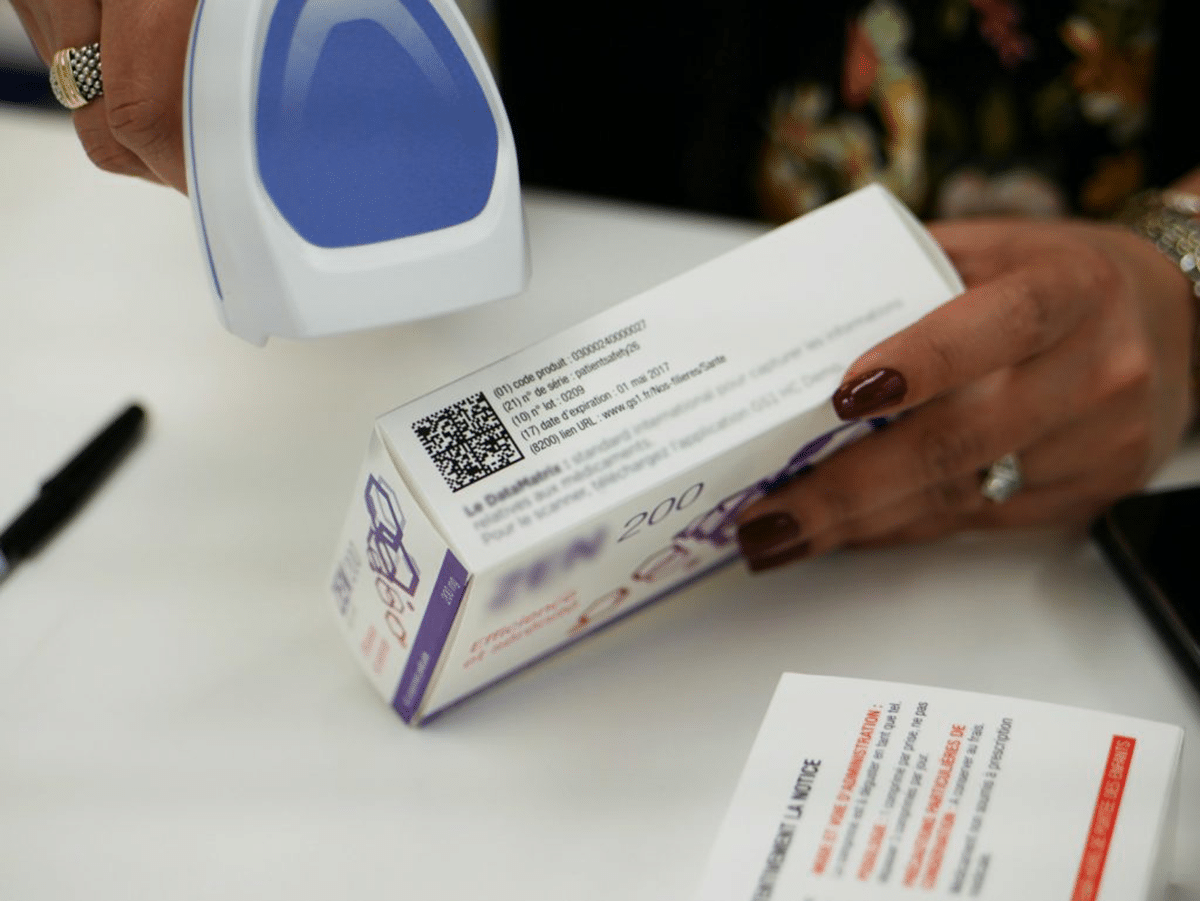PH pharma players urged to shift to 2D barcodes to combat fake meds
MANILA, Philippines — Local pharmaceutical industry players were urged to adopt 2D barcodes, which include Quick Response (QR) codes, as a measure to fight the spread of counterfeit medicines and medical supplies in the domestic market.
This measure is important as the country remains on the radar of the United States Trade Representative (USTR) for fraudulent medical products, said GS1 Philippines, the leading organization for implementing local barcode standards.
In a statement Wednesday, GS1 Philippines said it is implementing the Global Trade Item Numbers (GTINs) in the country which can capture crucial data, such as the date of manufacture, expiration date, and the manufacturer’s name that enhances product identification and verification.
These complex data can be stored by utilizing 2D barcodes, which use vertical and horizontal patterns like QRs.
READ: FDA: 6 widely used OTC drugs faked, sold publicly
The current 1D barcode technology can only identify product codes.
Consumers can access data and verify the product by scanning the QR code, which cannot be done on 1D barcodes.
“The threat of counterfeit medicines compromises both consumer safety and trust in healthcare providers. By leveraging barcode technology, we can establish a cohesive integration of global standards that prioritizes patient safety, particularly in regions facing serious challenges with counterfeit products,” GS1 Philippines president Roberto Claudio said.
Pharmaceutical and Healthcare Association of the Philippines (PHAP) and GS1 Philippines officer and trustee Teodoro Padilla has affirmed the local pharmaceutical industry’s support in adopting 2D barcode technology among domestic players.
READ: Public warned vs fake pain reliever laced with deadly drug
“PHAP supports this innovation, acknowledging its potential to verify products and prevent counterfeit medicines from reaching patients. To further strengthen our fight against fake drugs, PHAP urges collaboration among pharmaceutical companies, regulatory bodies, healthcare providers, and the general public to expedite the adoption of this technology, strictly enforce regulations, and increase awareness to ensure the safety and well-being of Filipino patients,” Padilla said.
According to GS1 Philippines, there are 31 companies in the healthcare supply chain that have shifted to 2D barcodes.
A global initiative is being pushed that by the end of 2027, 2D barcodes will have been widely adopted and point of sales (POS) will have been able to scan these barcodes. (PNA)
